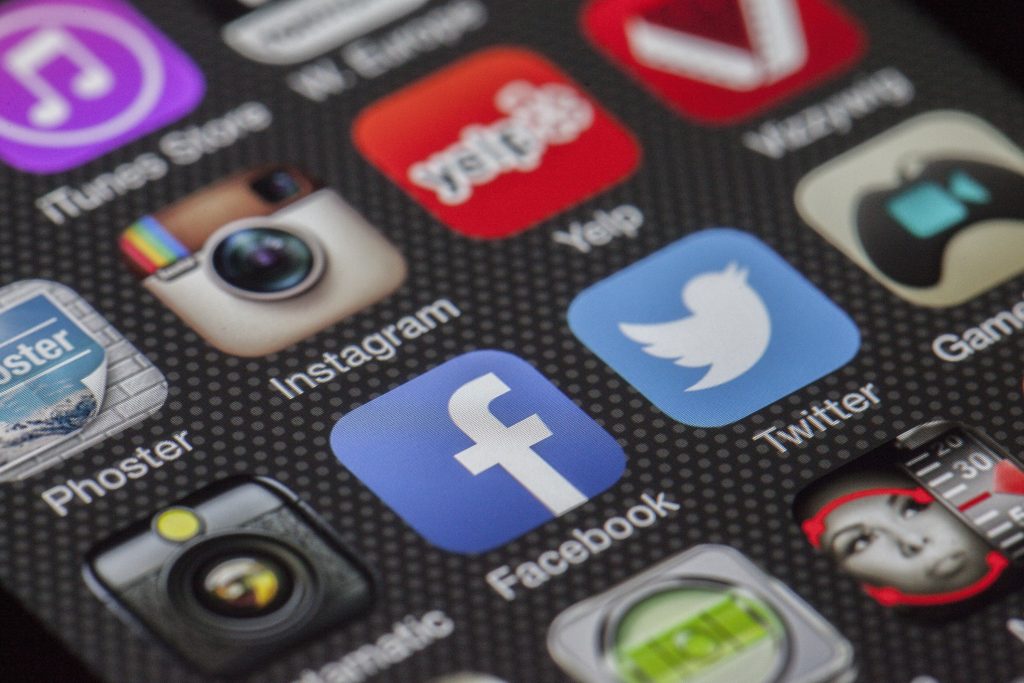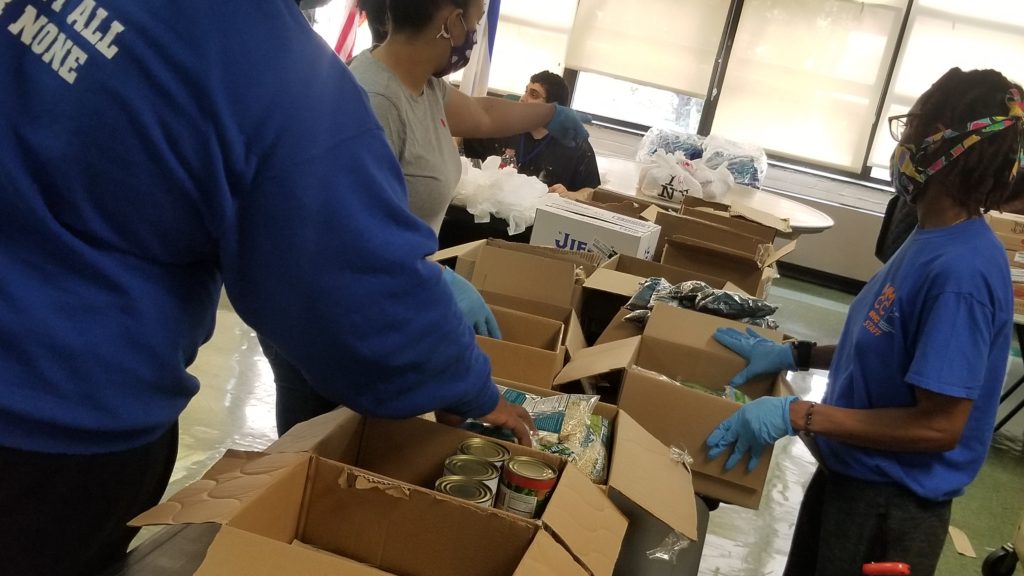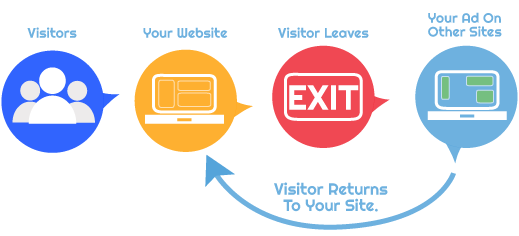
By Wayne Brown
I often get asked from clients “what else can we do for marketing that we’re not already doing?” Well, if you’re doing social media, digital advertising, PR, print advertising, direct mail, SEO, and email marketing, your business is probably ahead of the curve. To me, social media marketing is always number one on my list because that’s where most people get their information these days. No matter where you are – on the street, in a mall, at a restaurant, people are always looking at their phones; it’s a way of life. In January 2021, it was reported that 59.5% of the global population is active on the internet with 92.6% of that number using mobile devices. I think it’s safe to say that most people look to the internet to be entertained and to get information.
I also get “reminded” a lot that “Facebook is dying and more people are using Instagram” these days. The people who tell me that most likely make their assumptions based on their own preferences. In the last couple of years, the Millennial generation surpassed the Baby Boomers as the largest generation, and certainly, the largest in today’s workforce. Generation Z comes in third place with the oldest of them just beginning to enter the workforce, and the youngest not quite out of elementary school. To understand who uses what platform, we need to take a look at what makes each generation unique.
Many Millennials (born 1981-1995) can still remember life before the internet, which gives them an appreciation for nostalgia. Between 1996-98, the internet exploded, and this generation quickly adapted to technical innovation. This is the first generation that truly grew up in the digital world. Their curious nature made them comfortable and adaptable to never-ending changing trends.
In contrast, Generation Z (born 1996-2010) was born with a smartphone in their hand (the iPhone was introduced in 2007). They are very progressive in the digital world and on top of the latest social media trends, particularly with Instagram and Tik Tok.
So, is Instagram really the top platform to consider when marketing your business? Well, that depends on who your target market is.
Studies show that Millennials spend their time over a variety of platforms that pertain to email, radio, video, and social media. In fact, 87% of Millennials are using Facebook as compared to Generation Z, who prefer Instagram (74%). Generation Z is also into the mobile experience, which emphasizes video-first platforms like Tik Tok, YouTube, and Snap Chat. Facebook currently has 2.38 billion monthly active users vs. 1 billion monthly active users of Instagram, which makes Facebook the largest social media platform. Facebook can provide much more content about a business than Instagram, but Instagram’s younger audience is not about finding information as it is entertainment. Over time, Instagram users may decrease as older Gen Zs gravitate over to Facebook for more information and to engage with people from their lives. However, this loss of users will most likely be replenished from the Generation Alphas (born 2011-2025).
When it comes to which social media platforms are the best, keep in mind the Millennials have a longer attention span and you can market to them with both written and digital content, which Facebook is great for. The younger Generation Zs love focusing on really cool, visually attractive photos and videos that are fun, which makes Instagram their preferred platform. There are endless marketing opportunities for businesses to explore on both platforms when it comes to creating brand awareness, but consider who your target market is and their potential to pay for your goods and services.
Wayne Brown is the owner of WOW! Creative Group and the spouse of a Generation Xer, and a parent of a Millennial and two Generation Zs.





